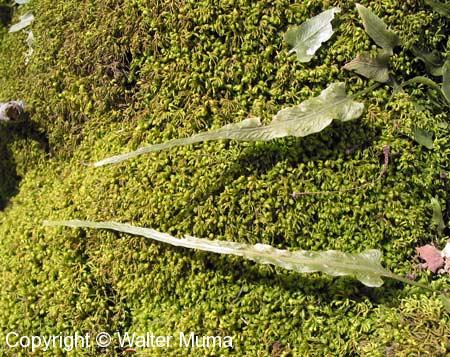
|
 |
Two Walking Fern leaves.They are long, tapering to a very long and narrow point. |
|
 |

|
 |
Walking Fern leaves are evergreen, lasting through the winter. |
|
 |
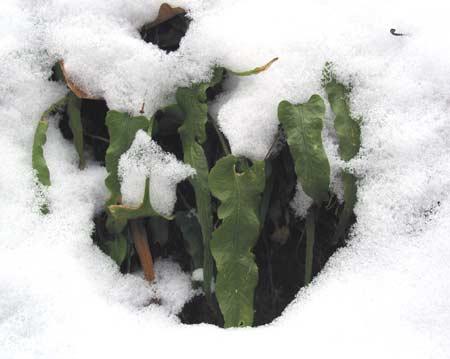
|
 |
Peeking out from under the snow in late December. |
|
 |
|
|
 |
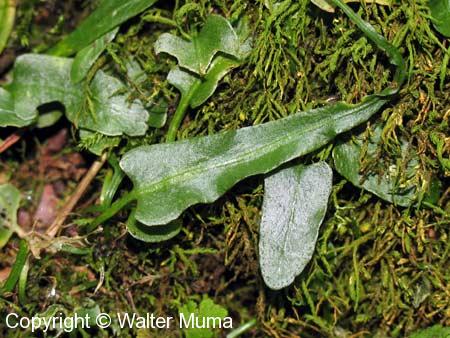
|
 |
A few younger leaves. |
|
 |
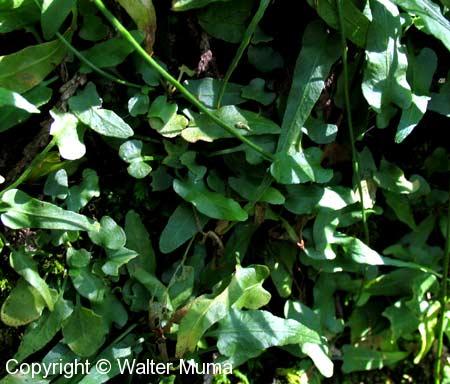
|
 |
More young ones. |
|
 |
|
|
 |
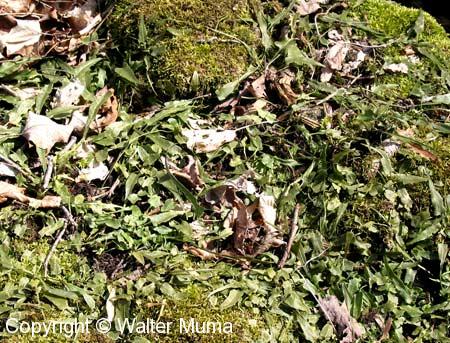
|
 |
A group of Walking Ferns can look somewhat "messy" and straggly. |
|
 |
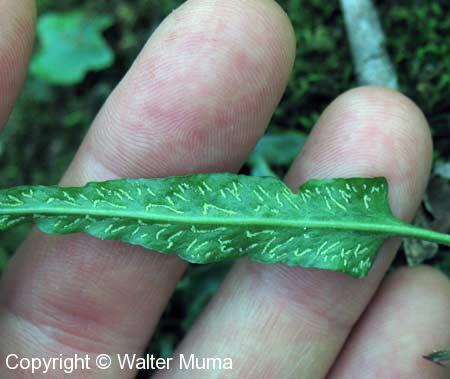
|
 |
The underside of a leaf, showing the lines of sori. |
|
 |
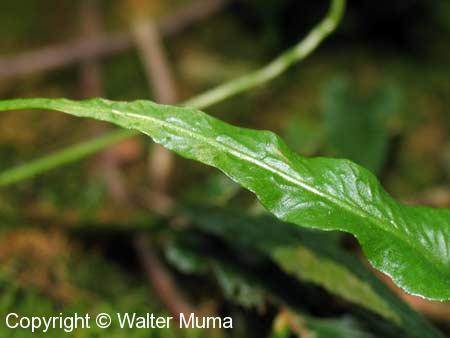
|
 |
A closeup of a leaf. Walking Ferns can be difficult to photograph, due to their small size, and also that they like to grow in deep woods. |
|
 |
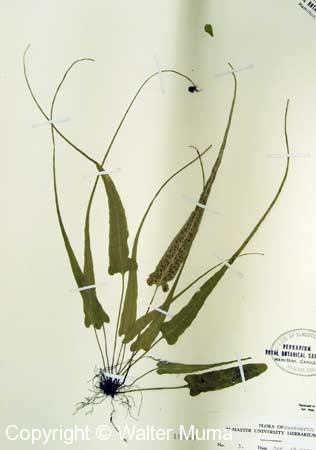
|
 |
Here's a few photos of herbarium specimens. This photo and the next show the length of the leaves.
(Royal Botanical Gardens Herbarium,Burlington,Ontario). |
|
 |
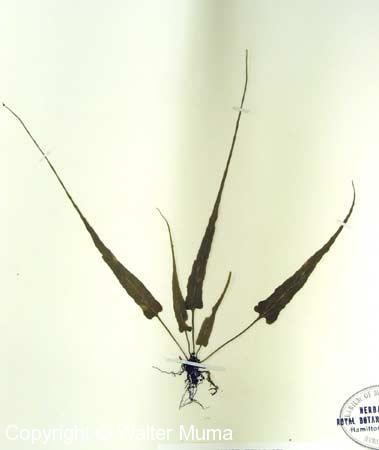
|
 |
Due to the rarity of this species, I have not pulled any up myself to photograph the roots!
(Royal Botanical Gardens Herbarium,Burlington,Ontario). |
|
 |
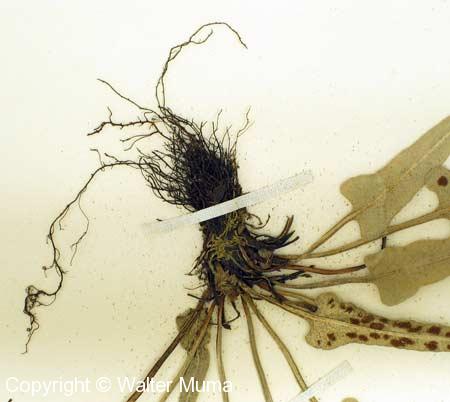
|
 |
The roots.
(Royal Botanical Gardens Herbarium,Burlington,Ontario). |
|
 |

|
 |
Sori on the underside of a leaf.p>
(Royal Botanical Gardens Herbarium,Burlington,Ontario). |
|
 |
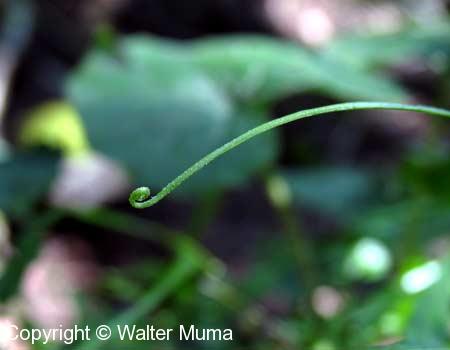
|
 |
Back to the live ones... Here's the tip of a frond. |
|
 |
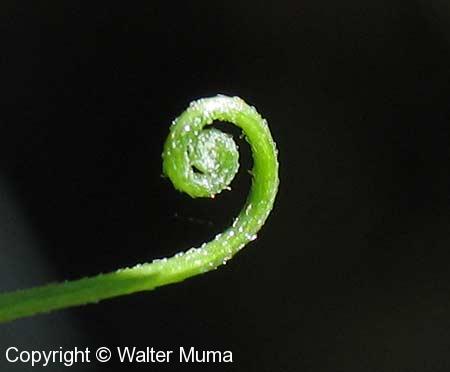
|
 |
Closeup view of the tip. When this tip touches the group (actually the surface of the moss-covered rock upon which it is growing), it will grow into another plant. |
|
 |
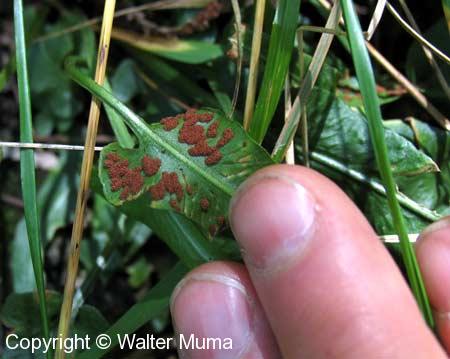
|
 |
Underside of a frond. |
|
 |
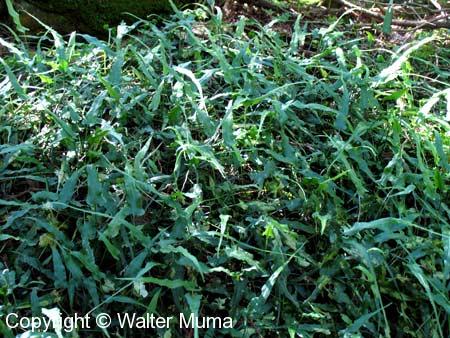
|
 |
A nice clump of Walking Fern. They grow in clumps because of their tendency to grow new plants from the tips of the fronds. |
|
 |
|
|  |
 |
|